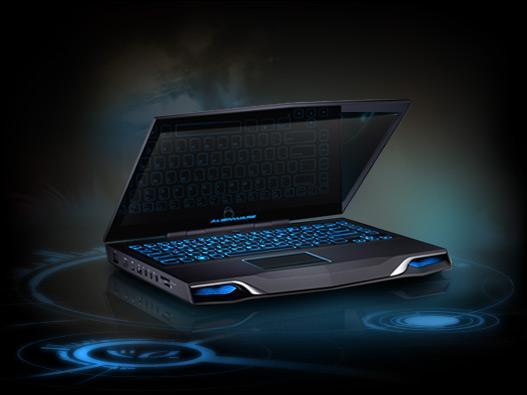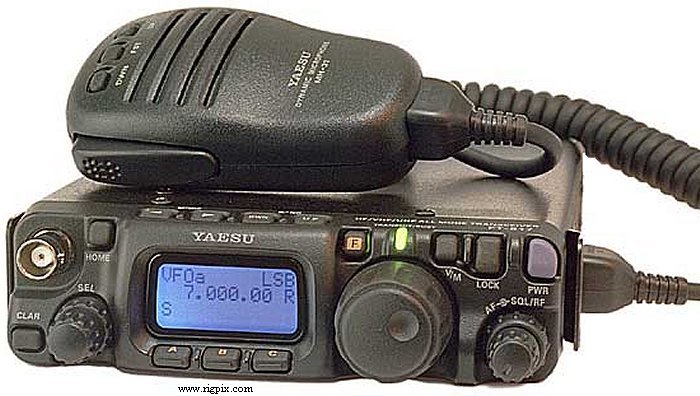Looks like the days are numbered for my Dell Studio laptop. I have had it since 2009 and it has done a great job. I’ve had a dual boot setup, running Ubuntu as the my primary OS and keeping Windows 7 to meet various requirments: (1) assignments for school that I need to do in MS Office knowing that often OpenOffice does not do the job (PowerPoint is a great example), (2) iTunes… although I don’t need it very often on the laptop, and (3) RR-Track which I use for designing layouts for my O gauge trains.
I use my laptop a lot. I mentioned “school” above… I have been in a program at the University of Saint Mary to earn a Kindergarten through 6th grade teaching license. Next year I retire from the Army and teaching elementary school will be my 2nd Act, my back nine, my mid-life career change. I have been attending night classes since last fall and have completed six classes with five to go, plus student teaching. About at the halfway point now.
I’m looking back to Dell for my next laptop. I’ve had a long line of Dells… the Studio and an XPS before that. Can’t forget the Dell Mini and I am typing now on a Dell Inspiron Mini (a bit bigger than the Dell Mini). I had an HP laptop for a while, which was not a great experience (this was the days when WiFi was just becoming popular). Before that I had an Alienware laptop. Since then, Dell has purchased Alienware and I have decided to give Alienware a go again. I am not a “gamer” but I do appreciate solid hardware and good video performance. I like a fair amount of real estate on a laptop to include both keyboard and screen. My intent is to dual boot it again between Ubuntu and Windows 7, primarily using Ubuntu.

So – why not a Mac? I’ve read a bit on trying to install Ubuntu on a Mac and it sounds like much more trouble than it is worth. Last year I got my XYL a Mac-Mini when her desktop quit. I like it. I used it to edit a video I used last semester when teaching a lesson in a 4th grade class. The video editor was much better than anything Ubuntu had to offer. But ultimately a Mac is not as versatile as a PC that will allow me to load different OSes.

 My current assignment at Fort Leavenworth has me traveling quite a bit. My intent has been to bring a rig with me and have some casual QSOs while on the road. My success has been mixed. I would mostly attribute this to either a lack of planning on my part or being in a stuck in a hotel room with zero antenna opportunities.
My current assignment at Fort Leavenworth has me traveling quite a bit. My intent has been to bring a rig with me and have some casual QSOs while on the road. My success has been mixed. I would mostly attribute this to either a lack of planning on my part or being in a stuck in a hotel room with zero antenna opportunities.  Now for a rig… I think the Elecraft KX3 would be ideal for a
Now for a rig… I think the Elecraft KX3 would be ideal for a 




